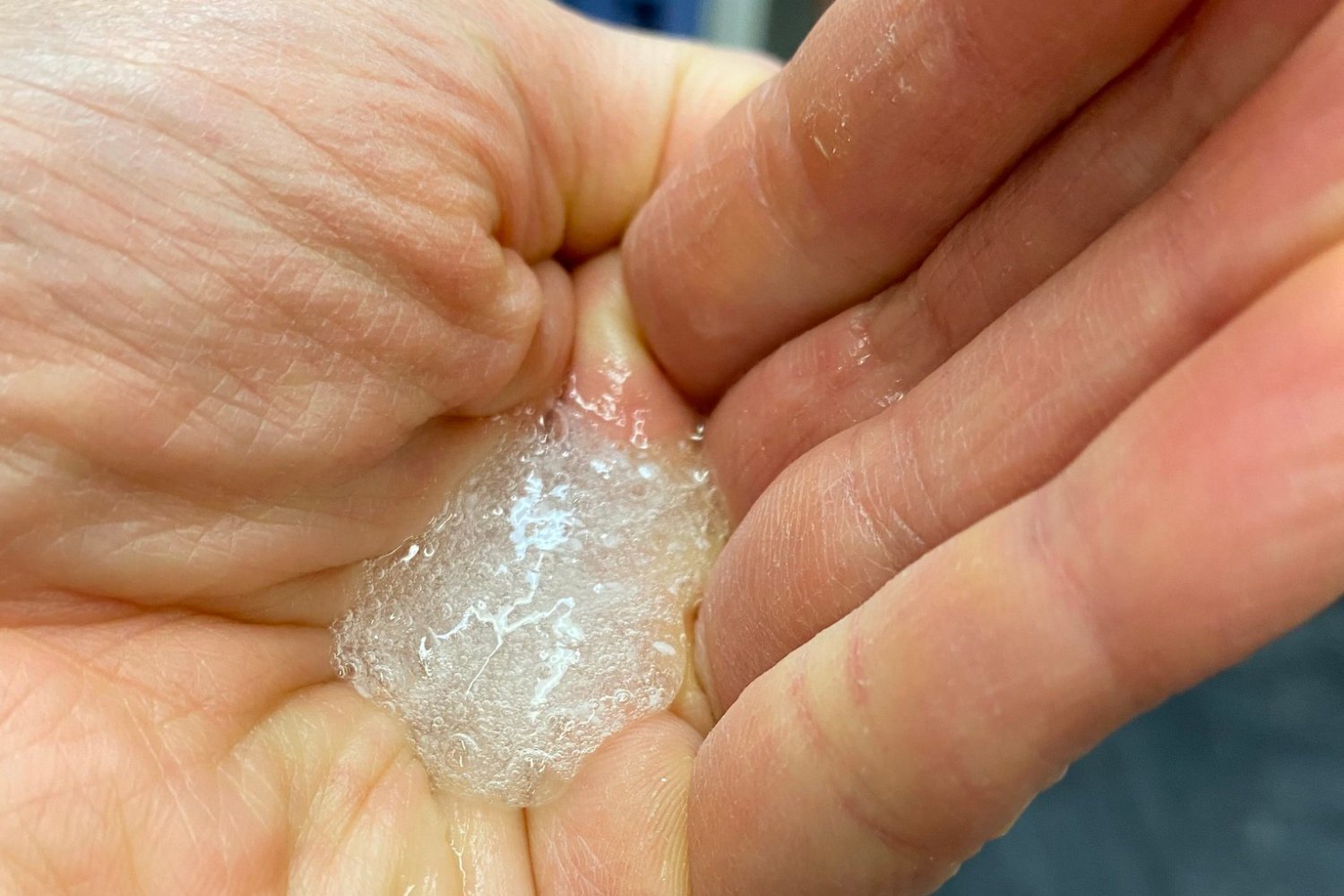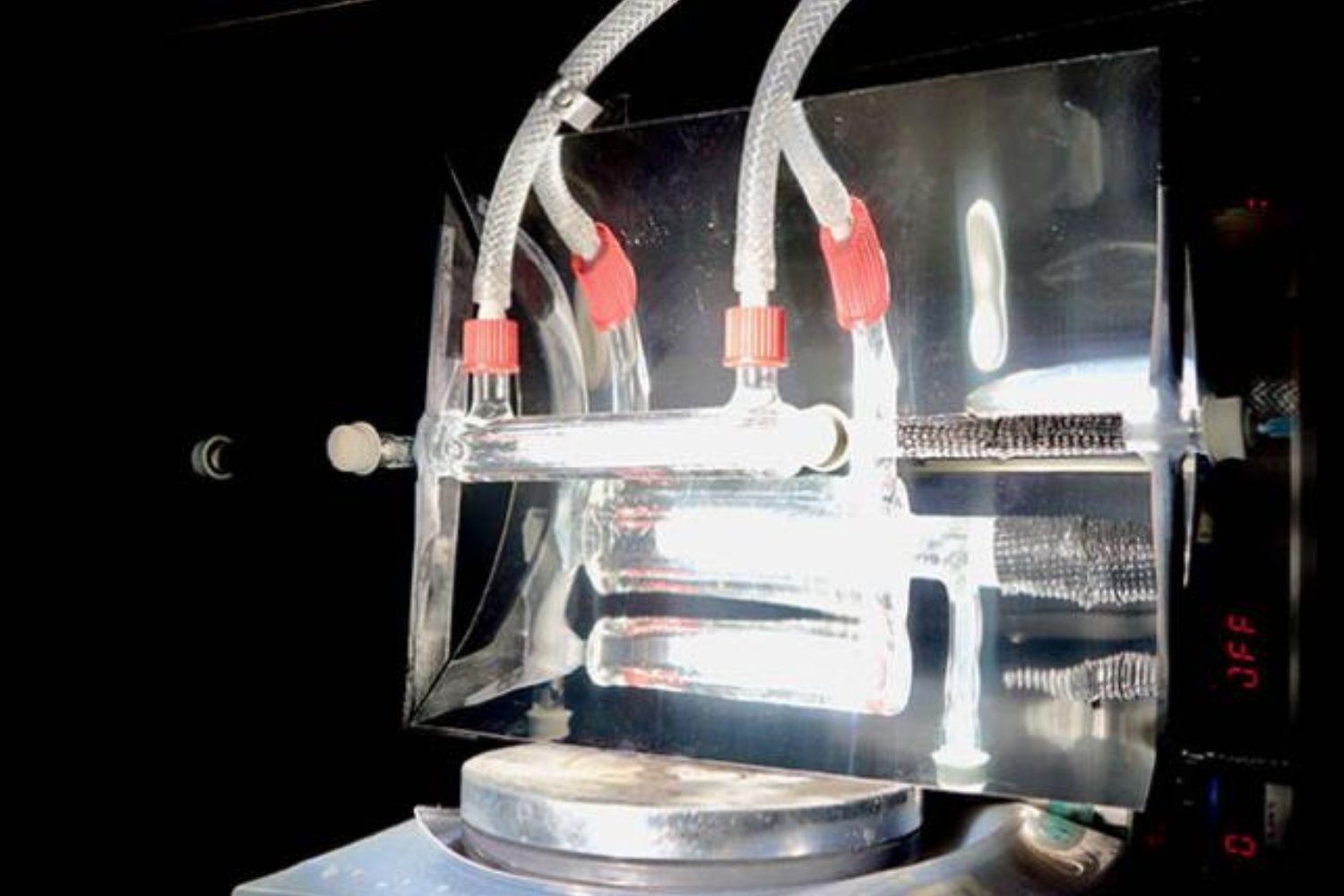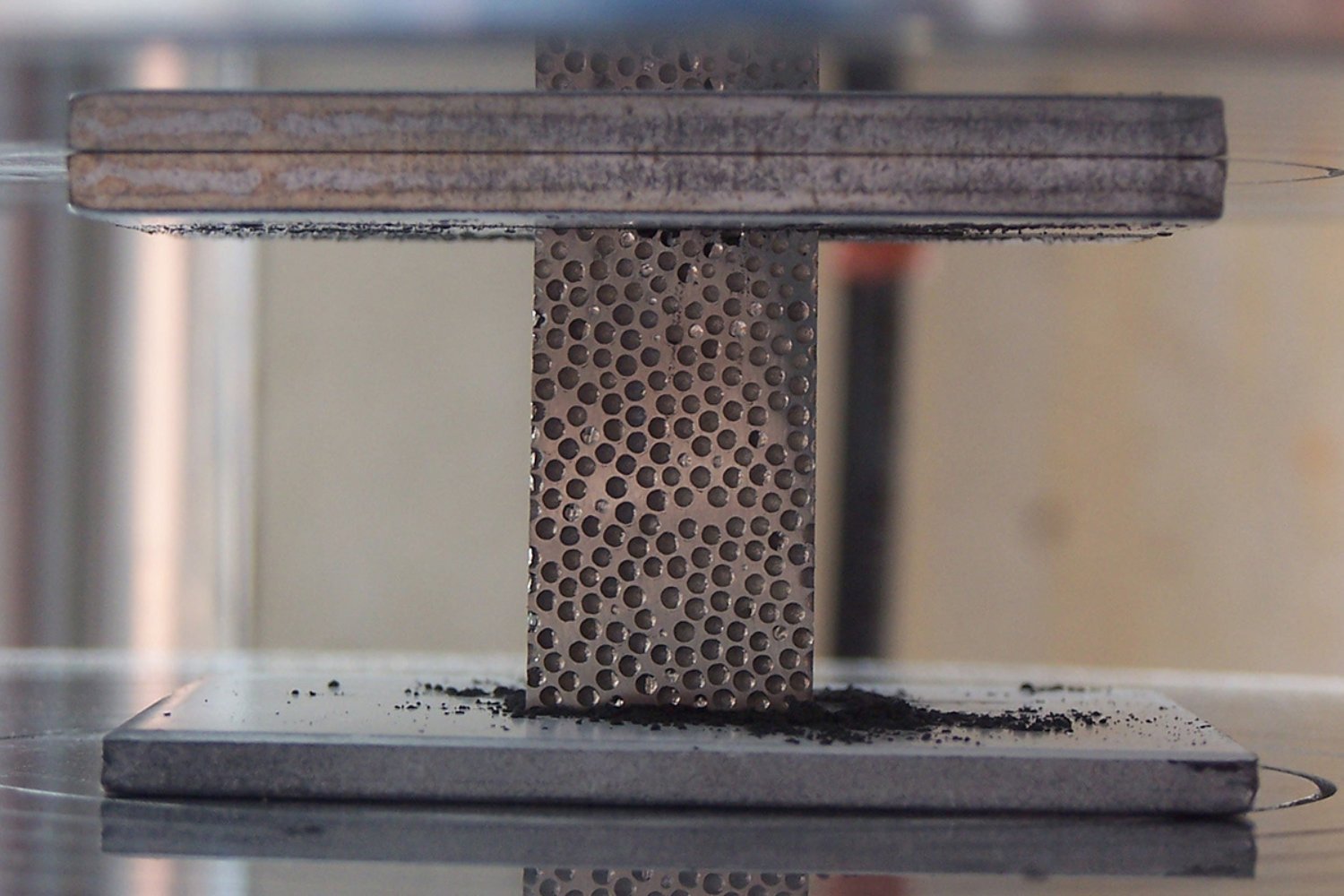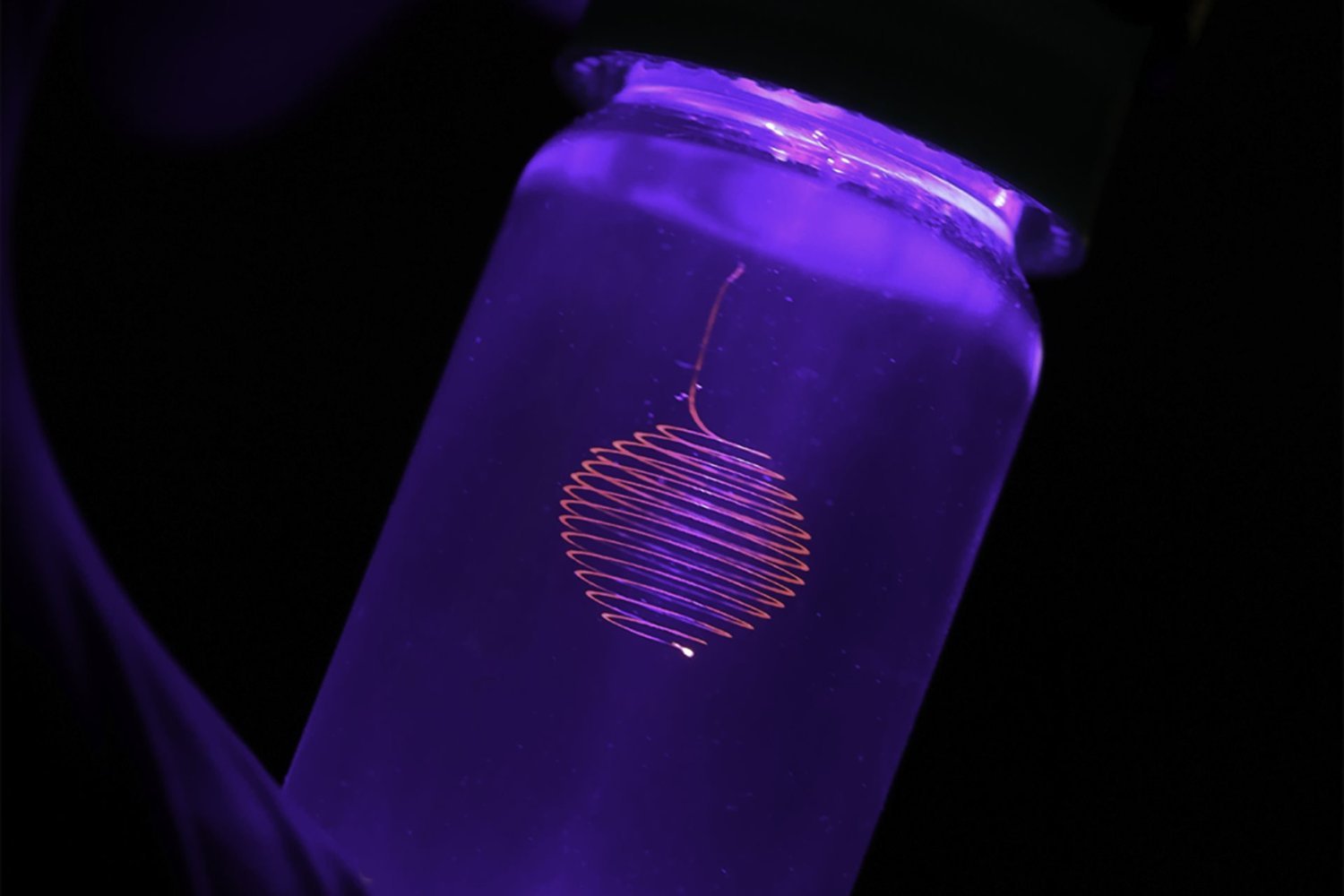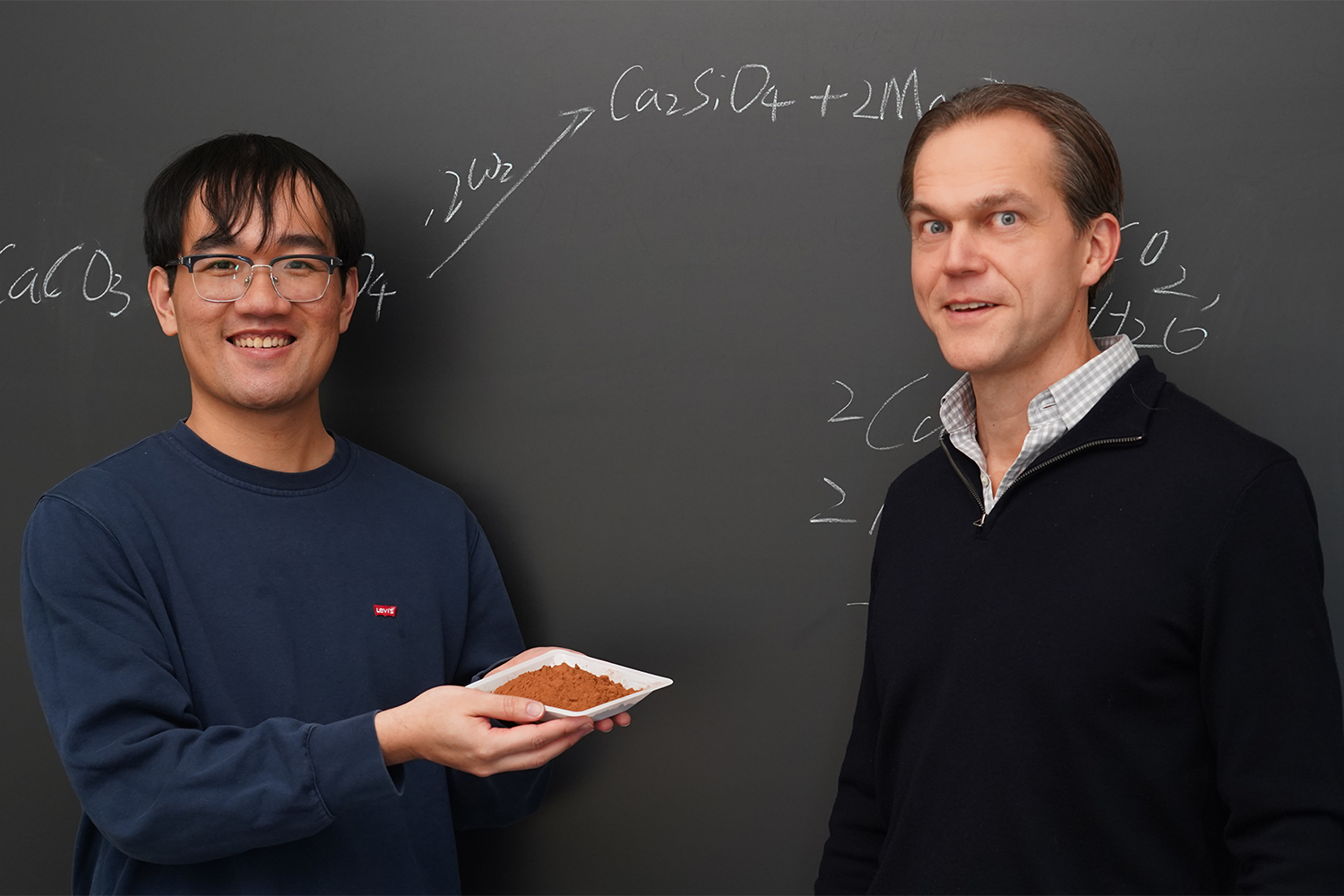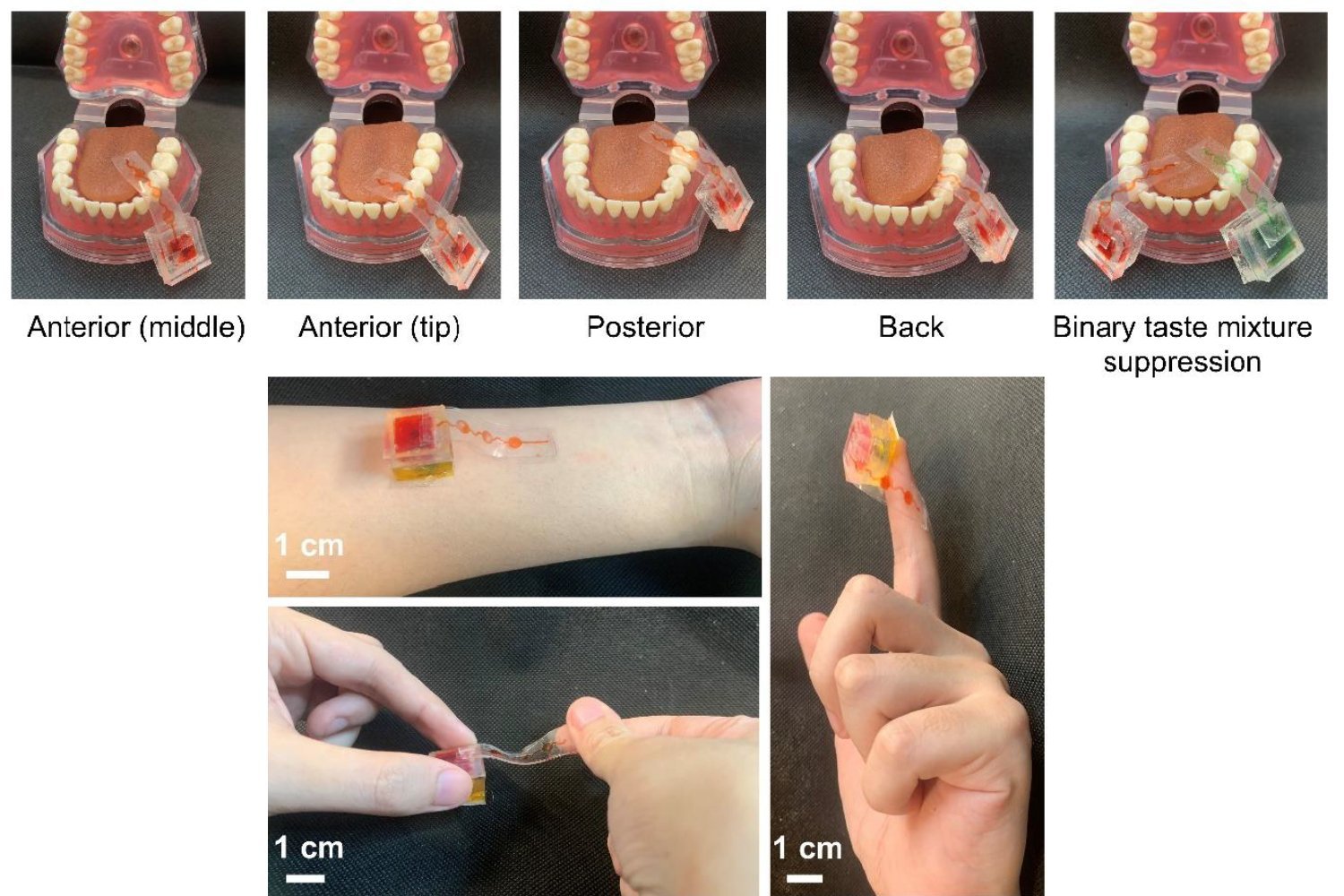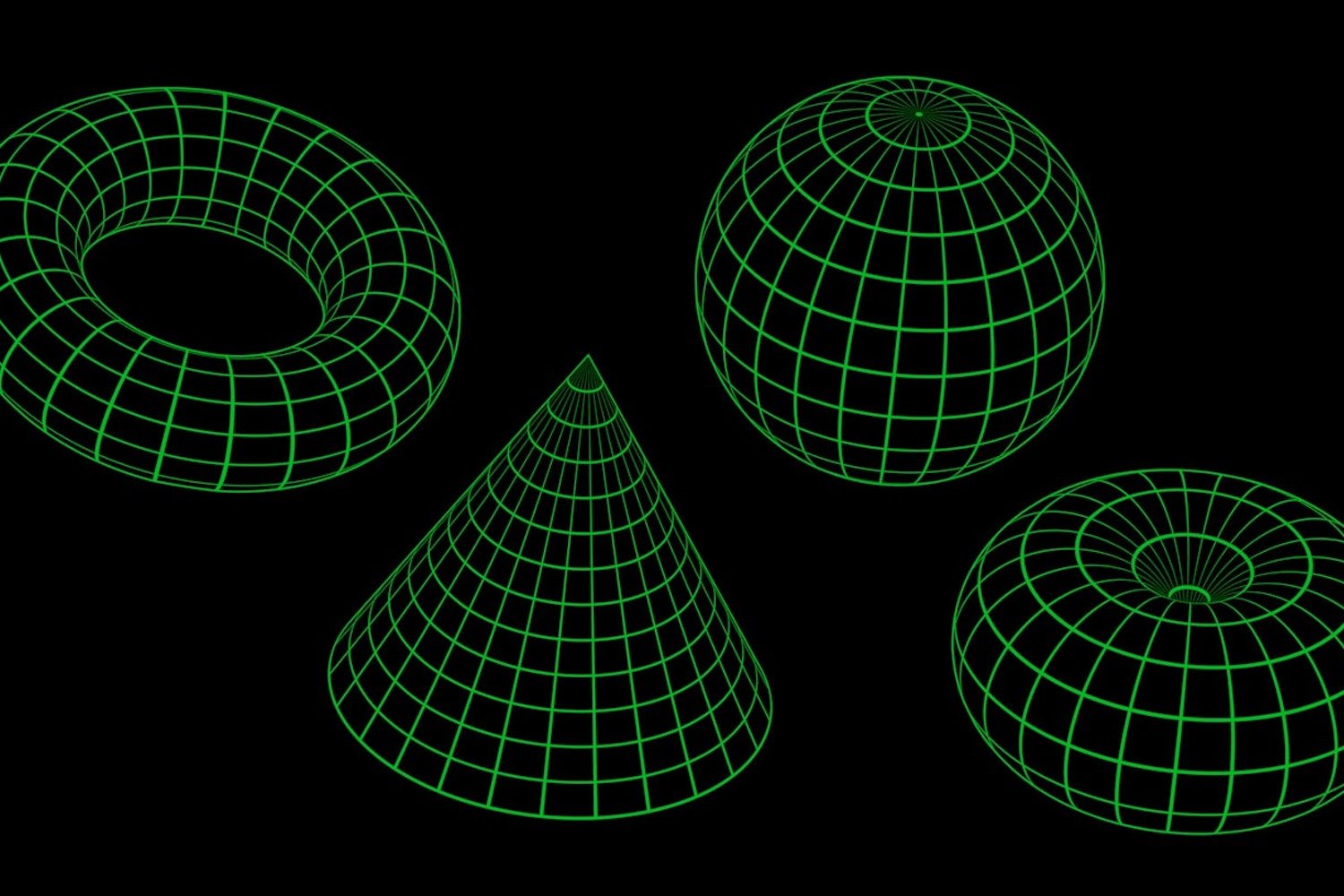Researchers at the University of Guelph in Canada have developed a revolutionary “slime” that generates electricity when compressed. This innovative material has potential applications ranging from clean energy production to medical advancements, bridging the gap between science fiction and reality. A February 1 study published in the Journal of Molecular Liquids details the team’s exciting findings.
This prototype slime consists of oleic acid (found in olive oil), amino acids (the building blocks of protein), and 90% water. This natural composition ensures biocompatibility and minimizes potential harm to the body. This biocompatibility opens doors to numerous medical applications. “Our bodies produce small electric fields to attract healing cells to wounds,” explains Erica Pensini, an environmental engineer at the University of Guelph and co-author of the study, in a statement from the Canadian Light Source research institute. “By creating a bandage that amplifies this electric field, healing could theoretically be accelerated. The bandage would be activated by our natural movements and breathing.” Pensini emphasized her focus on creating a safe material: “I wanted to make something 100% benign that I would put on my skin without any concerns.”
Beyond bandages, this slime-like material could be incorporated into synthetic skin, training future robots to detect a patient’s pulse. Another potential application lies in shoe insoles, enhancing analysis of gait and movement patterns.
Furthermore, the researchers discovered the ability to modify the slime’s crystalline structure by applying an electric field. Using a synchrotron (described by Pensini as a “super-microscope”), they observed the formation of microscopic structures, including layered, sponge-like, and hexagonal patterns. This discovery holds significant promise for targeted drug delivery. “Imagine the material taking an initial structure containing a pharmaceutical substance,” Pensini explains. “When an electric field is applied, the structure changes, releasing the medicine.”
The potential of this electric slime extends beyond medicine. Its ability to generate electricity suggests applications in flooring, converting the pressure of footsteps into usable energy, reminiscent of kinetic dance floors.
While further research is needed before this innovative material reaches the market, Pensini is already testing its safety and efficacy on herself, using it as a hand balm after rock climbing. She quips, “I need an initial guinea pig, so it might as well be me, right?” Perhaps one day, we’ll be reaching for electric slime instead of bandages at the pharmacy.



